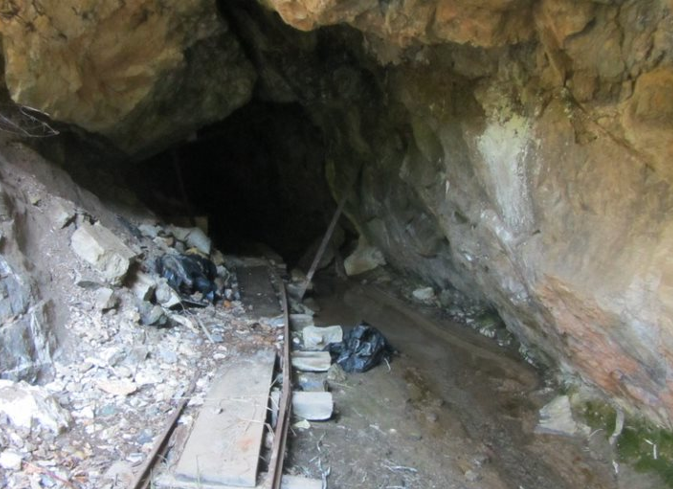U.S. EPA News Release:
EPA and Justice Department reach settlement with Northern Cheyenne Utilities Commission to address Clean Water Act violations in Montana
Settlement reflects joint federal and tribal efforts to protect public health, improve water quality and support tribal utility operations on the Northern Cheyenne Indian Reservation
Lame Deer, Mont. (Aug. 31, 2021) – The U.S. Department of Justice (Justice Department) and the U.S. Environmental Protection Agency (EPA) announced today a settlement with the Northern Cheyenne Utilities Commission (NCUC) resolving alleged violations of the federal Clean Water Act (CWA) and National Pollutant Discharge Elimination System (NPDES) regulations at the Lame Deer Wastewater Treatment Facility (facility) in the Northern Cheyenne Reservation in Lame Deer, Montana.
The settlement, set forth in a consent decree lodged in the U.S. District Court for the District of Montana, requires the NCUC to make significant physical and operational improvements to the facility, some of which have already been implemented, and to improve the financial capacity of the NCUC to ensure sustained public health and environmental compliance. The settlement also includes a civil penalty to address past violations, adjusted downward to $1,500 based on an inability to pay determination, and stipulated penalties to resolve any future violations during the five-year minimum effective period of the consent decree.
“This settlement is the culmination of years of collaboration between the NCUC, Justice Department, EPA, and invaluable stakeholders, including the Northern Cheyenne Tribe, the federal Indian Health Service and federally funded technical assistance providers, to resolve the problems underlying these violations,” said Suzanne Bohan, EPA Region 8 Enforcement and Compliance Assurance Division Director. “The parties’ shared commitment to developing sustainable, community-specific solutions for improving wastewater infrastructure, utility management, and Clean Water Act compliance will help the NCUC provide reliable wastewater treatment services to the community, protecting public health and water quality on the Northern Cheyenne Indian Reservation for years to come.”
Prior to this action, the facility had been in recurring noncompliance with CWA and NPDES requirements since at least 2008. Violations included effluent exceedances, failure to submit discharge monitoring reports, failure to meet compliance schedule deadlines, failure to properly operate and maintain the facility, unauthorized bypasses of treatment units and unpermitted discharges of partially treated and untreated sewage.
From 2013 through 2016, numerous sanitary sewer overflows (SSOs), a situation where untreated wastewater overflows from a sewer collection system, occurred from multiple locations around the facility’s collection system and lagoon. Many, if not all, of the SSOs flowed into Lame Deer Creek, and from March 1, 2017 until March 1, 2018, the facility discharged from the lagoon into Lame Deer Creek without NPDES permit authorization. As a result of this enforcement effort, the facility obtained its current NPDES permit on March 1, 2018.
Since 2017, a technical workgroup comprising representatives from NCUC, DOJ, EPA, Indian Health Service, the Northern Cheyenne Tribe, and federally funded technical assistance providers have assisted the NCUC in completing major and much-needed wastewater infrastructure improvement projects to the facility’s lagoon and collection system. The technical workgroup has assisted, and will continue to assist, the NCUC in building their operational and managerial capacity. The facility has not had a single lagoon overflow or collection system SSO since this action commenced and the technical workgroup was established.
EPA directly implements the CWA and NPDES program in Indian country in Region 8. EPA has provided, and will continue to provide as appropriate, compliance assistance and information on technical assistance providers to support the NCUC in complying with this consent decree and applicable federal laws.
EPA encourages local community members to visit the websites below for additional information on the agency’s programs to protect human health and the environment from water quality impacts, such as SSOs, especially in historically underserved areas that face disproportionate environmental impacts, including tribal communities.
For more information on the Clean Water Act, visit:
https://www.epa.gov/laws-regulations/summary-clean-water-act
For more information on the EPA’s environmental justice program, visit:
https://www.epa.gov/environmentaljustice
Help EPA protect our nation’s land, air and water by reporting violations: http://www.epa.gov/tips

